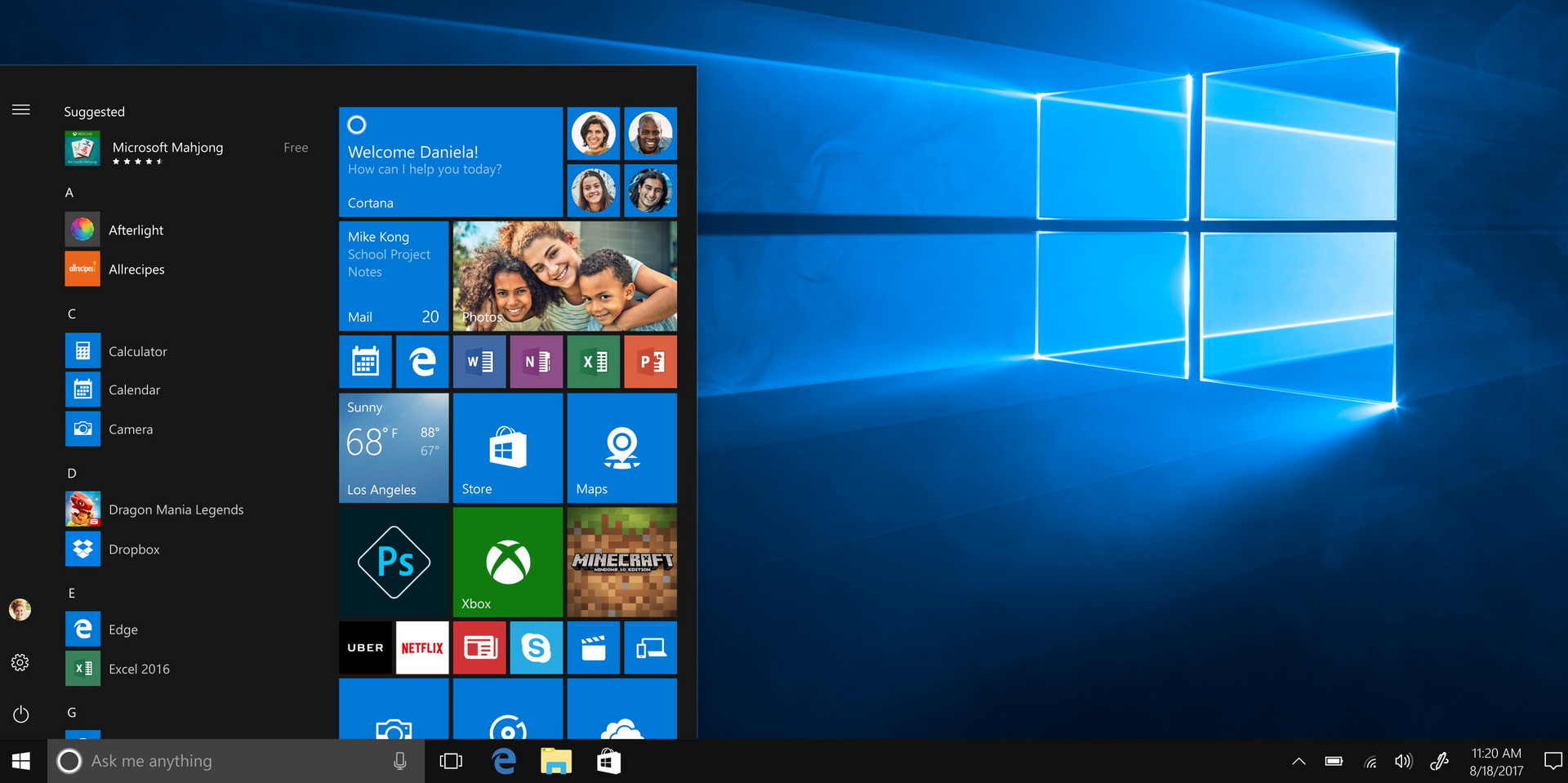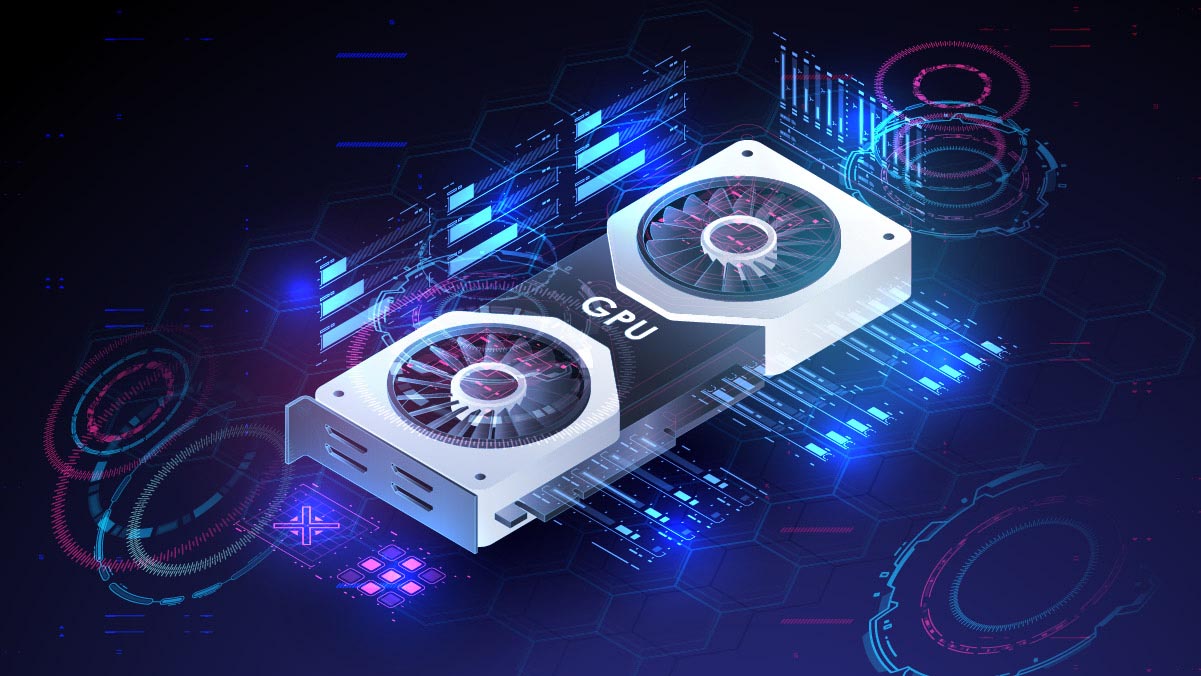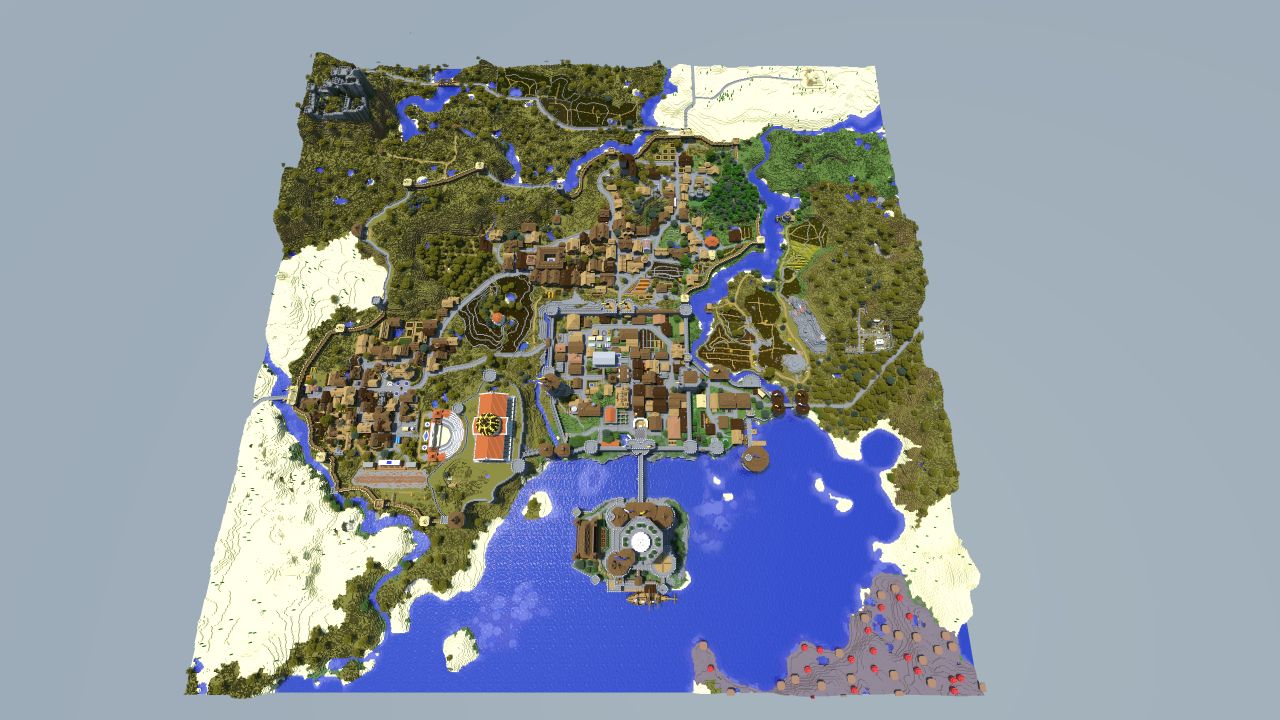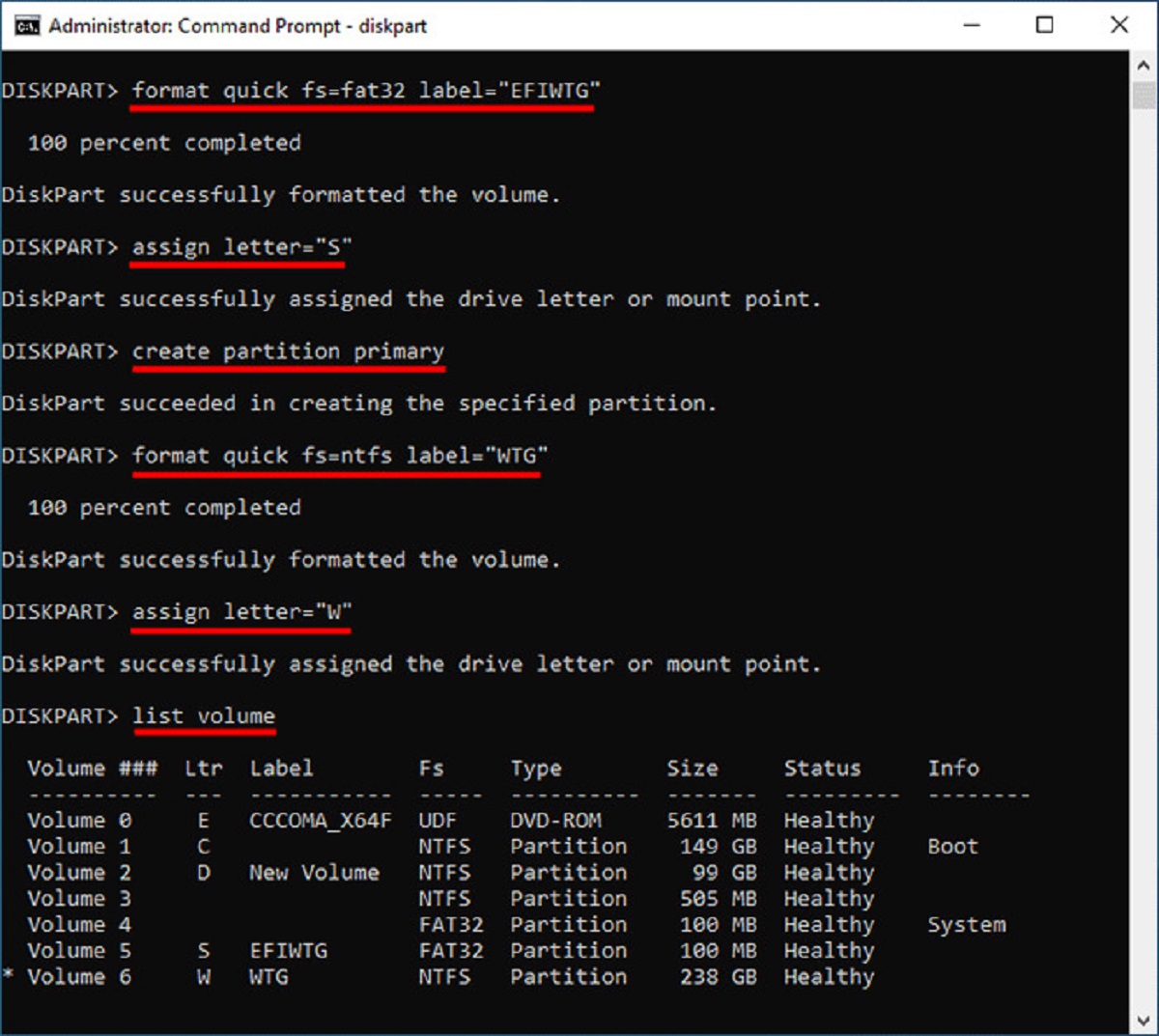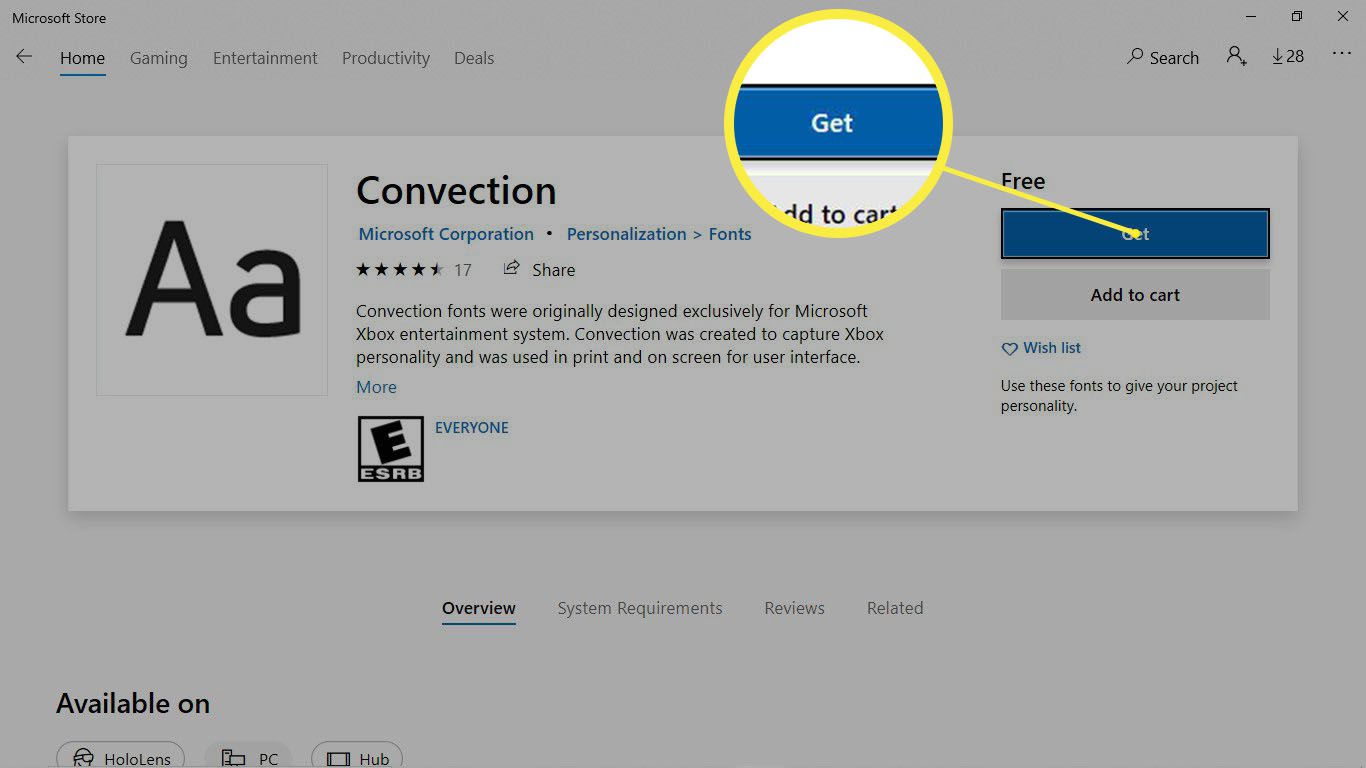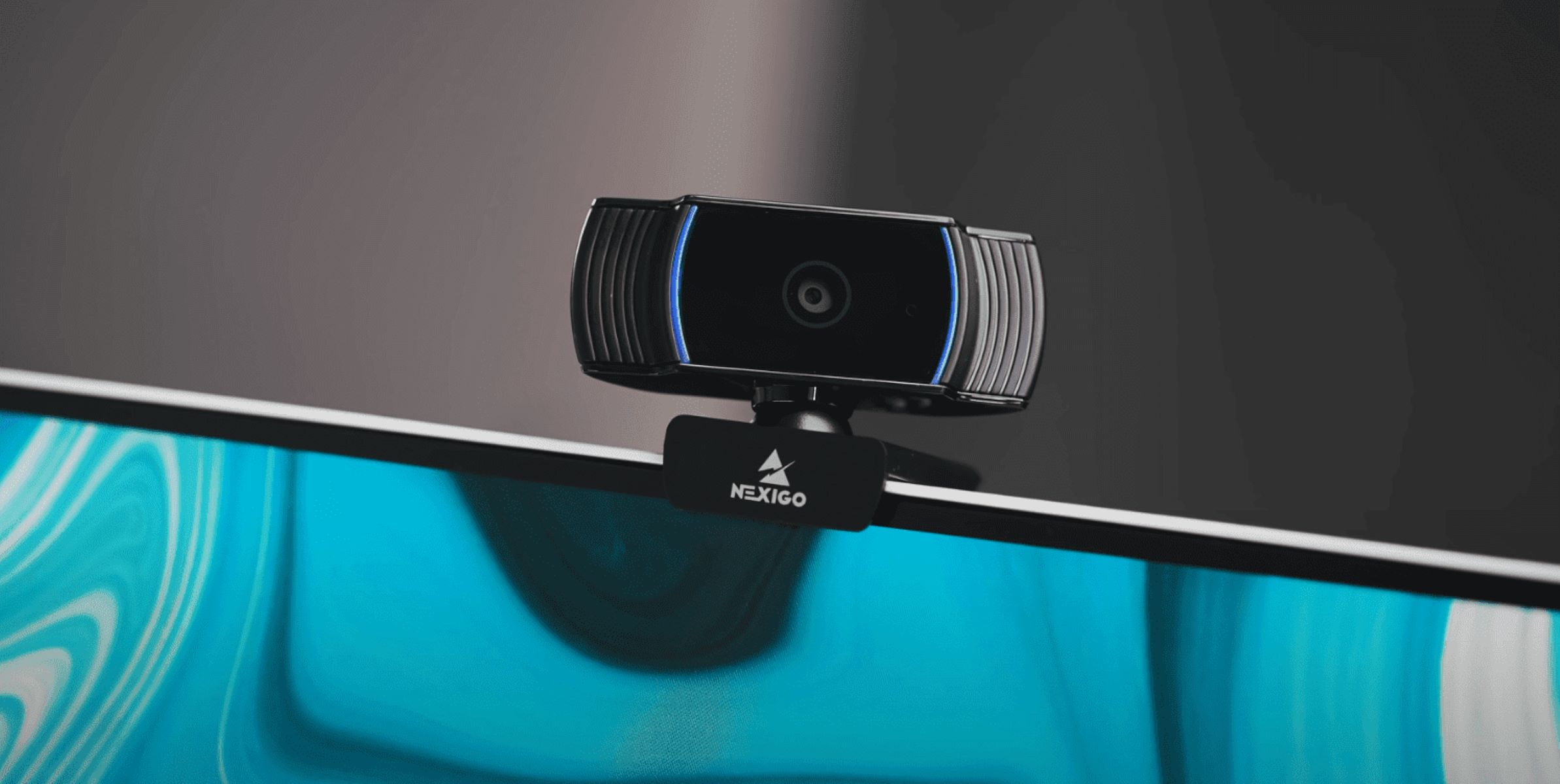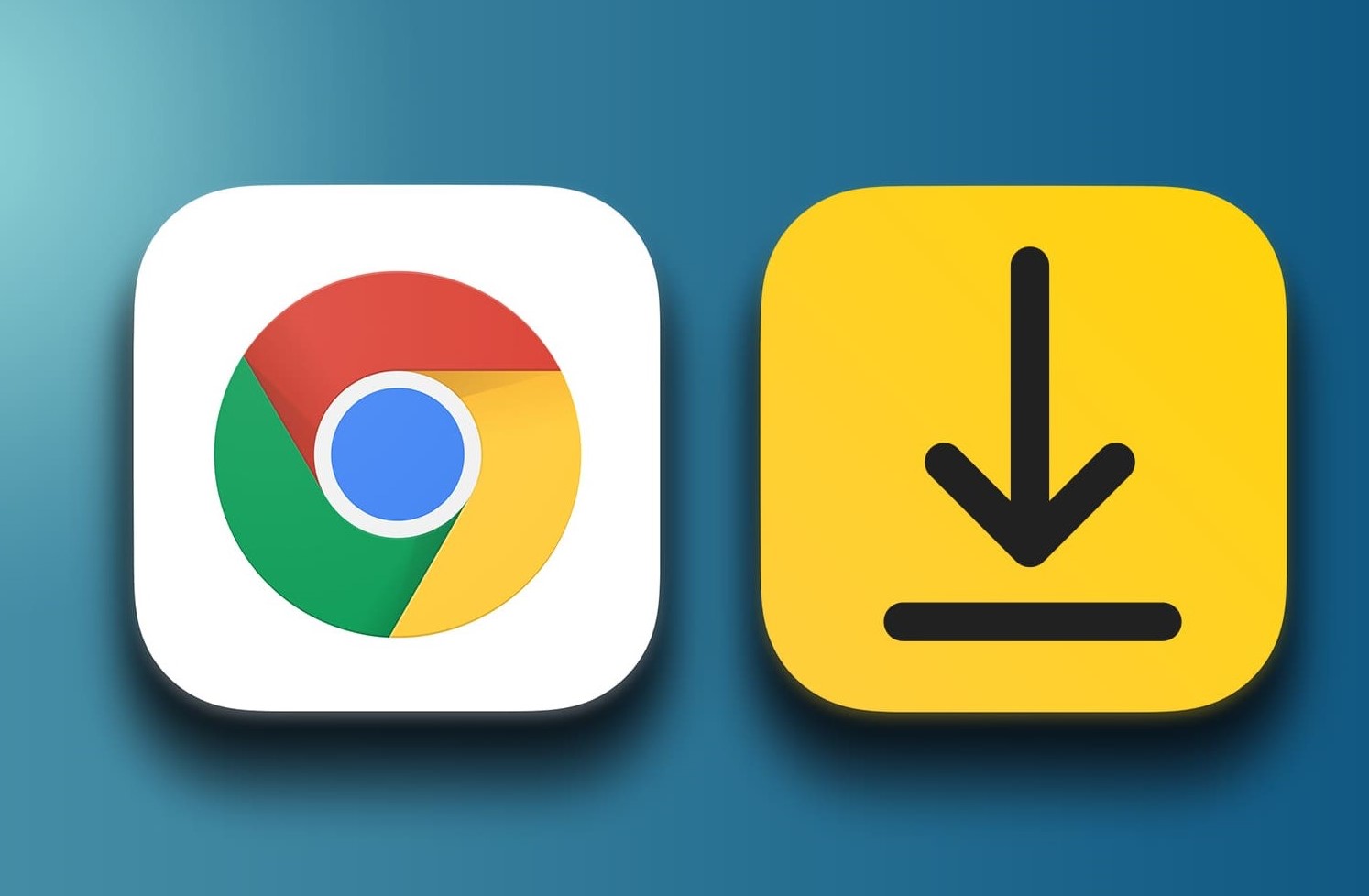Introduction
Welcome to the world of Windows 10 Creators Update! This eagerly awaited update is packed with exciting features and enhancements that will take your Windows 10 experience to the next level. In this article, we will guide you through the process of downloading and installing the Windows 10 Creators Update, ensuring a smooth transition and maximizing the benefits of this innovative update.
Windows 10 Creators Update is designed to empower your creativity and productivity. Whether you’re an artist, a gamer, or a professional, this update brings a range of tools and improvements to help you unleash your creativity and accomplish more. From 3D creation tools to advanced gaming features and enhanced security options, Windows 10 Creators Update has something for everyone.
Before diving into the download and installation process, it’s important to note that this update might not be compatible with all systems. To ensure a successful installation, it’s essential to check the compatibility of your device with the Windows 10 Creators Update. You can do this by referring to the system requirements provided by Microsoft or using their compatibility checker tool.
Once you’ve verified that your device is compatible, it’s crucial to take a few precautions to safeguard your files and data. Although the update process is designed to preserve your files, it’s always wise to back up your important files and documents before proceeding with any major system update. This will ensure that you have a safe copy of your files in case of any unforeseen issues or glitches during the installation process.
To smoothly download and install the Windows 10 Creators Update, it’s important to have a stable and reliable internet connection. A fast and uninterrupted internet connection will save you time and prevent any interruptions during the download and installation process. If you’re using a wireless connection, ensure that you have a strong signal or consider connecting directly to your router with an Ethernet cable for the most stable connection.
Now that you have completed the initial steps, it’s time to proceed with downloading the Windows 10 Creators Update. Make sure you have enough free space on your device and prepare for an update that could take some time. Once downloaded, you can begin the installation process, which will vary depending on your device and system configuration. We will cover the installation process in more detail in the following sections.
Windows 10 Creators Update is an exciting release that brings new features and improvements to enhance your computing experience. By following the steps outlined in this article, you will be able to smoothly download and install the update, ensuring a seamless transition to the latest and greatest version of Windows 10. So let’s get started and explore the wonderful world of Windows 10 Creators Update!
Checking Compatibility
Before proceeding with the download and installation of the Windows 10 Creators Update, it’s essential to verify that your device meets the minimum system requirements. This will ensure a smooth upgrade process and prevent any compatibility issues that could arise during installation.
To check compatibility, you can start by reviewing the system requirements provided by Microsoft. These requirements typically include details such as processor speed, RAM, storage space, and graphics card specifications. Ensure that your device meets or exceeds these requirements to ensure optimal performance and functionality after the update.
Alternatively, Microsoft offers a compatibility checker tool that you can download and run on your current operating system. This tool will scan your system and provide a detailed report outlining any potential compatibility issues. It will also offer suggestions on how to resolve these issues before proceeding with the update. This tool is especially useful if you’re unsure about the specifications of your device or if your system is older and may not meet the minimum requirements for the update.
It’s important to note that not all devices will support the Windows 10 Creators Update. Some older hardware or devices with specialized configurations may not be compatible due to hardware limitations. In such cases, it’s recommended to contact the manufacturer or seek assistance from their support team to determine if a compatibility patch or upgrade is available.
Once you are confident that your device is compatible, it’s a good idea to check if any critical drivers or software need to be updated. Outdated drivers can cause issues during or after the installation of the Windows 10 Creators Update. Visit the manufacturer’s website for your device, such as your graphics card or sound card manufacturer, and check for any available driver updates specifically designed for Windows 10 Creators Update. Installing these updates before initiating the upgrade process will help ensure a more seamless transition.
Taking the time to check compatibility and update any necessary drivers or software beforehand will help optimize your experience with the Windows 10 Creators Update. It will also eliminate potential issues that may arise due to incompatible hardware or outdated drivers, allowing you to make the most of the new features and enhancements offered by this update.
Backing Up Your Files
Before initiating any major system update, it’s crucial to back up your files to ensure their safety in case of any unforeseen issues or data loss during the process. While the Windows 10 Creators Update is designed to preserve your files, it’s always better to err on the side of caution and have a separate backup to rely on.
There are several methods you can use to back up your files in preparation for the Windows 10 Creators Update. One of the most convenient options is to use an external storage device, such as a USB flash drive or an external hard drive. Simply connect the device to your computer and copy your important files and folders to it. This way, you’ll have a physical copy of your files that you can easily restore if necessary.
Another popular method is to use cloud storage services. These services allow you to upload your files to the cloud, where they are stored securely and can be accessed from any device with an internet connection. Popular cloud storage providers include Google Drive, Dropbox, and Microsoft OneDrive. Simply sign up for an account, install the required software, and upload your files to the designated folders. This way, your files will be safe and accessible even if something goes wrong during the update process.
For those who prefer a more comprehensive backup solution, there are software programs available that can create a complete system image of your computer. This image includes not only your files but also your operating system, installed programs, and settings. In the event of a major issue during the update that requires a system restore, you can use this image to revert your computer back to its previous state. Software programs like Acronis True Image, Macrium Reflect, and Windows Backup and Restore can help you create a system image and restore it when needed.
When selecting a backup method, consider your storage requirements and personal preferences. It’s recommended to include all important files and folders, such as documents, photos, videos, and music. If you have specific software or programs that are vital to your work or hobbies, consider backing up their settings and preferences as well.
Remember to double-check your backup once it’s completed to ensure that all necessary files have been successfully copied or uploaded. Additionally, it’s wise to keep your backup in a separate location from your computer to protect against physical damage or theft.
By taking the time to back up your files, you can have peace of mind knowing that your valuable data is safe during the Windows 10 Creators Update process. Should any issues arise, you can easily restore your files and continue using your computer without losing any important information.
Connecting to the Internet
A stable and reliable internet connection is crucial for a smooth download and installation of the Windows 10 Creators Update. Before proceeding, ensure that you have a connection that can handle the large file size of the update and will not cause any interruptions during the process.
If you’re using a wired connection, such as an Ethernet cable, make sure that it is securely plugged into your computer’s Ethernet port and the router. This type of connection offers a more stable and consistent internet speed compared to wireless connections.
If you’re connecting wirelessly, check the signal strength of your Wi-Fi network. Weak or fluctuating signals can result in a slow or unreliable connection, which can lead to issues during the update process. In such cases, consider moving closer to the router or using a Wi-Fi range extender to improve signal strength. Additionally, make sure that you have the correct network password and that you’re connected to the right network.
If you’re experiencing frequent disconnections or slow internet speeds, it might be worth troubleshooting your network. Restart your router and modem by unplugging them for a few seconds and then plugging them back in. This can often resolve minor connectivity issues and improve the overall performance of your internet connection.
To optimize your internet connection, ensure that you’re not running any bandwidth-intensive applications or downloads in the background. These can consume a significant amount of your available internet speed and impact the download speed of the Windows 10 Creators Update. Close any unnecessary programs and pause any ongoing downloads before proceeding with the update process.
It’s also worth noting that some internet service providers (ISPs) may have data caps in place. Before initiating the update, check your internet plan to ensure that you have enough data available for the download. The Windows 10 Creators Update is a large file, so it’s important to have sufficient data to complete the download without any interruptions or extra charges.
Finally, it’s good practice to have a stable power source during the update process. Connect your laptop or desktop computer to a power outlet or ensure that your laptop battery is fully charged. This will prevent any unexpected power loss during the update, which could lead to incomplete installations or potential errors.
By following these steps and ensuring a stable internet connection, you can download and install the Windows 10 Creators Update without any interruptions. A reliable connection will ensure a smooth and hassle-free update process, allowing you to enjoy the new features and enhancements that this update brings to your Windows 10 experience.
Downloading the Update
Now that you have confirmed your device’s compatibility and established a stable internet connection, it’s time to begin the process of downloading the Windows 10 Creators Update. This update is a significant file, so it’s essential to ensure that you have enough available storage space on your device.
To start the download, go to the Windows Update settings on your computer. You can access this by going to the Start menu, clicking on Settings, and then selecting Update & Security. Within the Update & Security settings, click on the Windows Update tab.
At this point, your computer will check for any available updates. If the Windows 10 Creators Update is available, you will see an option to download and install it. Click on the “Check for updates” button if the update does not appear immediately. Once the update is detected, click on the “Download” button to initiate the process.
It’s important to note that the download time will vary depending on the speed of your internet connection and the current workload on Microsoft’s servers. The Windows 10 Creators Update is a large file, so it may take some time to complete the download. Be patient and avoid interrupting the download process to ensure a successful installation.
While the download is in progress, you can continue using your computer for other tasks, although it is recommended to avoid running resource-intensive applications or engaging in activities that could interfere with the download speed. Once the download is complete, you will receive a notification indicating that it is ready to install.
If you prefer a more hands-on approach, you can also use the Media Creation Tool provided by Microsoft to manually download the Windows 10 Creators Update. This tool allows you to create a bootable USB drive or an ISO file that you can use to install the update on multiple devices or perform a clean installation.
It’s worth noting that the Windows 10 Creators Update is a free upgrade for existing Windows 10 users. However, if you’re running an older version of Windows, you may need to purchase a license to upgrade to Windows 10 before you can download and install the Windows 10 Creators Update.
By following these steps, you can successfully download the Windows 10 Creators Update, bringing a host of new features and enhancements to your device. Once the download is complete, it’s time to move on to the next step – the installation process.
Installing the Update
Congratulations on completing the download of the Windows 10 Creators Update! Now it’s time to move on to the installation process and unlock all the exciting features and improvements this update has to offer. Follow the steps below to ensure a successful installation.
When your device is ready to install the update, you will receive a notification. Click on the notification or go to the Windows Update settings, as mentioned earlier, and click on the “Install Now” button. This will initiate the installation process, which may take some time to complete.
During the installation, your computer will restart several times, so it’s crucial to save any work in progress and close all running applications. This will prevent any potential data loss or conflicts during the installation process. If prompted, select the option to “Let Windows choose when to restart” to allow for a smoother installation experience.
As the installation progresses, you may be prompted to make a few decisions regarding system preferences and settings. Windows 10 Creators Update offers some customization options during the installation, such as privacy settings and Cortana preferences. Review these settings carefully and make selections that align with your preferences and requirements.
It’s important to note that the installation process may take a significant amount of time, depending on the speed of your device and the complexity of your system configuration. It is normal for the installation to appear to be stalled at certain points, especially during the “Getting things ready” phase. Be patient and avoid interrupting the process to prevent any potential issues.
Once the installation is complete, your computer will restart, and you will be greeted with the updated Windows 10 Creators Update interface. Take some time to explore the new features, such as the Paint 3D app, improved gaming capabilities, and enhanced security options.
It’s also a good idea to check for any post-installation updates. After a major update like the Windows 10 Creators Update, Microsoft often releases additional patches and bug fixes to address any issues that may have been discovered post-release. To check for these updates, go to the Windows Update settings and click on the “Check for updates” button.
If, for any reason, you encounter any issues or errors during the installation process, Microsoft provides various resources and support options to help you troubleshoot and resolve them. You can visit the Microsoft support website, seek assistance from the Windows community forums, or contact Microsoft support directly for personalized help.
Once the Windows 10 Creators Update is successfully installed on your device, you can enjoy the new and improved features, enhanced performance, and security that it brings. Stay updated and continue exploring the various aspects of this exciting update to make the most of your Windows 10 experience.
Troubleshooting Common Issues
While the majority of users will have a smooth installation experience with the Windows 10 Creators Update, it’s not uncommon to encounter some issues or errors during the process. Here are some common problems that users may face and possible solutions to resolve them.
One common issue is a slow or stalled installation. If you find that the installation progress is extremely slow or appears to be stuck, it’s advisable to give it some time. The installation process can take a while, especially if you have a slower device or complex system configurations. However, if the installation has been stuck for an extended period, you can try the following steps:
- Restart your computer: Sometimes, a simple restart can help to resolve any temporary issues and kickstart the installation process again.
- Disconnect unnecessary peripherals: Unplug any external devices, such as printers, scanners, or USB drives, that are not required for the installation process. Sometimes, conflicts with peripheral devices can cause the installation to slow down or get stuck.
- Disable antivirus and firewall temporarily: Certain antivirus or firewall settings can interfere with the installation process. Temporarily disabling them during the installation can sometimes resolve the issue.
- Use the Windows Update Troubleshooter: Microsoft provides a built-in Troubleshooter tool that can help identify and resolve common issues with Windows Update. Use this tool to diagnose and fix any problems that may be preventing the installation.
Another issue that some users may encounter is compatibility conflicts with certain drivers or software. If you receive an error message indicating that certain drivers or software are not compatible with the Windows 10 Creators Update, consider the following solutions:
- Check for updated drivers and software: Visit the manufacturer’s website for your hardware or software and search for any updated versions specifically designed for the Windows 10 Creators Update. Installing these updates can resolve compatibility issues.
- Uninstall incompatible software: If certain software is known to have compatibility issues with the update, uninstalling it before initiating the installation can help prevent any conflicts.
- Contact the manufacturer: If you’re unable to find updated drivers or software, or if you’re unsure about compatibility, reach out to the manufacturer’s support team for further assistance. They may be able to provide specific recommendations or solutions for your device.
If you encounter any error codes or messages during the installation process, note them down and search for their corresponding solutions on the Microsoft Support website or community forums. Microsoft maintains an extensive library of error codes and their resolutions, which can provide valuable insights and steps to resolve specific issues.
If all else fails, you can consider performing a clean installation of the Windows 10 Creators Update. This involves wiping your current installation and starting fresh with a clean version of the operating system. It’s essential to back up your important files before proceeding with a clean installation since it will erase all data on your device.
Remember, if you’re experiencing persistent issues or are unsure about how to proceed, don’t hesitate to seek assistance from Microsoft support or the Windows community forums. They can provide personalized guidance and solutions based on your specific situation.
By troubleshooting common issues and applying the necessary solutions, you can overcome any obstacles during the installation process of the Windows 10 Creators Update. Ensure that you have the latest drivers, compatible software, and necessary updates before attempting the installation, as this will minimize the chances of encountering complications and help you enjoy a seamless experience.
Final Thoughts
Congratulations! You have successfully navigated through the process of downloading, installing, and troubleshooting the Windows 10 Creators Update. By now, you should be enjoying the exciting new features and enhancements that this update brings to your Windows 10 experience.
The Windows 10 Creators Update is designed to unleash your creativity and productivity, whether you’re an artist, gamer, or professional. From 3D creation tools to improved gaming performance and enhanced security options, this update offers something for everyone.
Remember to explore the newly introduced features and make the most of them. Try out the Paint 3D app to bring your creative ideas to life, leverage the Game Mode for an enhanced gaming experience, and utilize the advanced security settings to protect your device and data.
It’s important to stay updated with future patches and updates released by Microsoft to ensure the smooth functioning of your Windows 10 Creators Update. Regularly check the Windows Update settings to download and install any necessary updates that may improve performance, fix bugs, or introduce new features.
If you encounter any further issues or have questions, don’t hesitate to reach out for support. Microsoft offers a range of resources, including their support website, community forums, and dedicated support teams, to assist you every step of the way.
Remember to keep your files backed up regularly and maintain a reliable internet connection to optimize your Windows 10 experience. By following best practices and staying proactive, you can ensure a seamless and enjoyable computing experience with the Windows 10 Creators Update.
Enjoy exploring the new possibilities that the Windows 10 Creators Update brings, and unleash your creative potential. Embrace the enhanced features and functionalities to stay productive, entertained, and protected while using your Windows 10 device. Stay informed about future updates, and keep your system up to date to continue enjoying the latest improvements from Microsoft.







